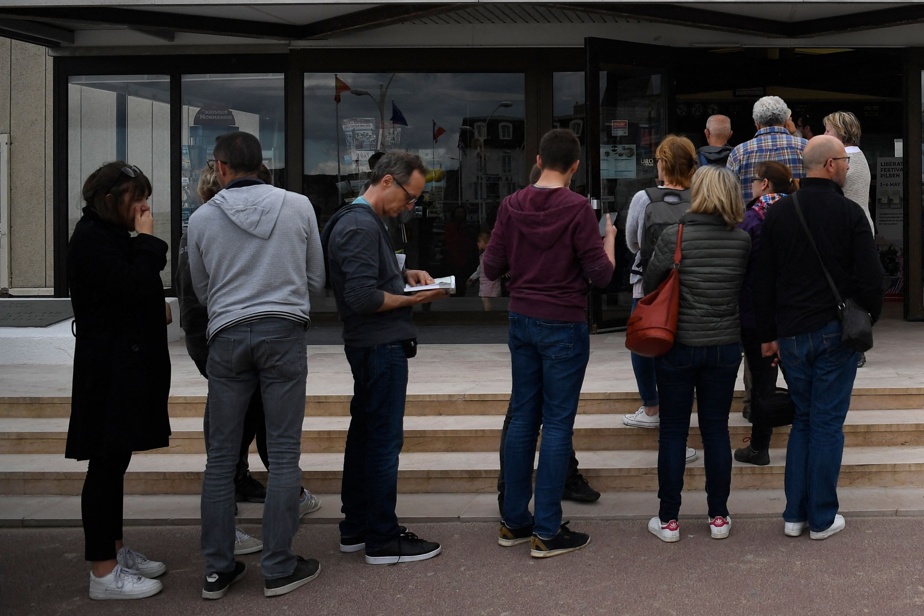(Arromanches-les-Bains) By Jeep, bike or even kayak: to discover the D-Day beaches, on the west coast of France, there is no shortage of tourists who came to Normandy on the occasion of the 80th anniversary of D-Day of choice.
With 94 sites on the Battle of Normandy, the offer continues to diversify and renew itself to transmit this page of history in another way, in the face of the gradual disappearance of the last veterans.
“I found that it was really cool to kayak around the artificial port” set up by the Allies, says Brooke Bement, 20, in front of the imposing Landing Museum in Arromanches, facing the sea.
“Soon there will be nothing left!” », said his little brother Corban, 10 years old, happy to have discovered the Phoenix caissons, elements of the dike, before they disappeared into the sand.
These Americans discover in the museum, completely renovated last year, the port as it functioned during the summer of 1944 thanks to video mapping on a 25 m model2.
This first museum on the Landing to open its doors in 1954, incorporating elements of the permanent exhibition presented just after the war at the town hall, was planned for 35,000 “pilgrims”.
In 40 years, its attendance has continued to grow, passing the milestone of 300,000 visitors in 1975. The year 1984 marks a turning point with the internationalization of commemorations, Arromanches thus welcomes the Queen of England and thousands of veterans .
From the early 1990s until today, memory tourism has taken off: sites are multiplying and the number of visits continues to grow.
“Multiplicity of museums”
This audience, aged on average 53 years old, includes 58% French people, according to a study published by the Normandy region. Foreigners come mainly from the Netherlands, followed by Belgium, the United Kingdom/Ireland, Germany and the United States.
Topping the list of visits are the beaches of Utah and Omaha, with sites that have suffered heavy inland fighting being the least visited.
To meet the new expectations of visitors and reach the youngest, Normandy, the leading region in France for memory tourism, has increased public and private investments. For 16 sites, the envelope represents around 80 million euros from 2012 to 2022.
At the Pointe du Hoc, the Dutchman Ted Koks came for the first time 40 years ago when “there was a path and cows between the blockhouses”. Today, a large parking lot and a visitor center receive visitors on a site protected by barriers.
Museums in Utah or Juno Beach are coming up to date, others are emerging with specific themes such as the memorial to civilian victims in Falaise, inland.
“We have a multiplicity of museums which are more complementary than competitive. This is what makes the destination strong,” estimates Frédéric Sommier, director of the Arromanches museum, which plans to welcome some 350,000 visitors this year to this village of 500 inhabitants where businesses linked to D-Day are flourishing.
“D-Day Land”
Proof of the dynamism of this sector, whose turnover amounts to more than 25 million euros and has 8,410 direct and indirect jobs, new projects are emerging… sometimes controversial.
The last concerns “a great immersive show”. Nicknamed “D-Day Land” by its detractors, they consider it an amusement park encroaching on agricultural land.
Despite these criticisms, this private project, called Normandy Memory and which aims to be historically rigorous, should finally see the light of day in 2026 or 2027 on an industrial wasteland near Caen.
“Memory tourism is not normal tourism,” concludes Nathalie Porte, vice-president of the Normandy region, responsible for tourism. It is a very specific tourism with a truly respectful aim of history and also of the environment. »
